We sometimes joke that the biggest threat to our health here in Alentejo is the amazing price of Portuguese wine.
And with a half-century hospital health-care check-up already in the diary we’ll soon find out just how right we are.
I’m sorry, but where else in the world can you buy an annual guide to the best wines “between two and 15 euros”?
The Portuguese Popular Wine Guide scores every value bottle – and even the odd box – like the finest of fine wines and compiles its annual top one hundred across all categories and regions...and there are some real gems in there.
Actually I’m not sorry: so much wine, so little time.
Living off grid in Portugal has been life changing in more ways than one.
After years of staring at walls of wine in supermarkets and offies, in bottle shops and liquor stores, and using price as a guide to the quality of wine my dinner guests or hosts might expect, all bets are now off.
We’ve recently discovered a €3.19 bottle of Portuguese white (that sells for €18 in nice Lisbon restaurants) which would condemn a tenner’s worth of anything French to the spittoon.
But we’ve also celebrated some beautifully subtle reds (I believe “elegant” is the word) in the over €30s bracket.
And there are some incredibly fine wines – currently above our budget – that would bankrupt us anywhere else and are here just waiting to be discovered.
So finally, after barely playing at it for 18 months, we’ve decided to go legit: to calibrate our taste buds, hit the books, and get certified.
The first question was what’s the best, most affordable and accessible wine course out there to formalise decades of semi-hazy tastings from Cape Town to California.
We loved the documentary Somm (currently on Netflix I think), but thought trying to join the Court of Master Sommeliers with everything else going on might be a bit of a push.
And then someone recommended the Wine & Spirit Education Trust (WSET) and we started digging.
We found a few places in Portugal offering entry levels one and two, including a fantastic looking course at the Plansel wine school and vineyard in Alentejo, but it’s a long commute and so we settled on an online course based in London to get us started.
Ana’s the most certifiable as she’s the one with the best nose for wine.
One fabulous tasting day in Franschhoek she famously sniffed a fancy South African champagne (a Method Cape Classique or MCC) and declared “bacon” to the smart sommelier who after the initial shock agreed she had a point.
We’re going straight in at Level 2 and while also trying to keep up with the reading I am focussing my efforts far more on the weekly tastings.
And I can report that after week one we have learned a little bit more of the lingo and have a really nice structure to methodically follow in pursuit of the perfect tasting note.
We’ve spent years scoring wines on random scales such as “14 out of 17,” “five out of 11 starfish” and “three and half terriers out of a mastiff” (with apologies to Simon & Garfunkel) in order to own something we felt pretty uncomfortable with.
But now we’re learning to go through the checklist of appearance, nose and palate while learning to pick out aromas and identify fruity flavours.
We need to separate our citrus from our stone fruits, our herbals from our herbaceous and train our tongues for tannins, associate acids and then draw some convincing conclusions.
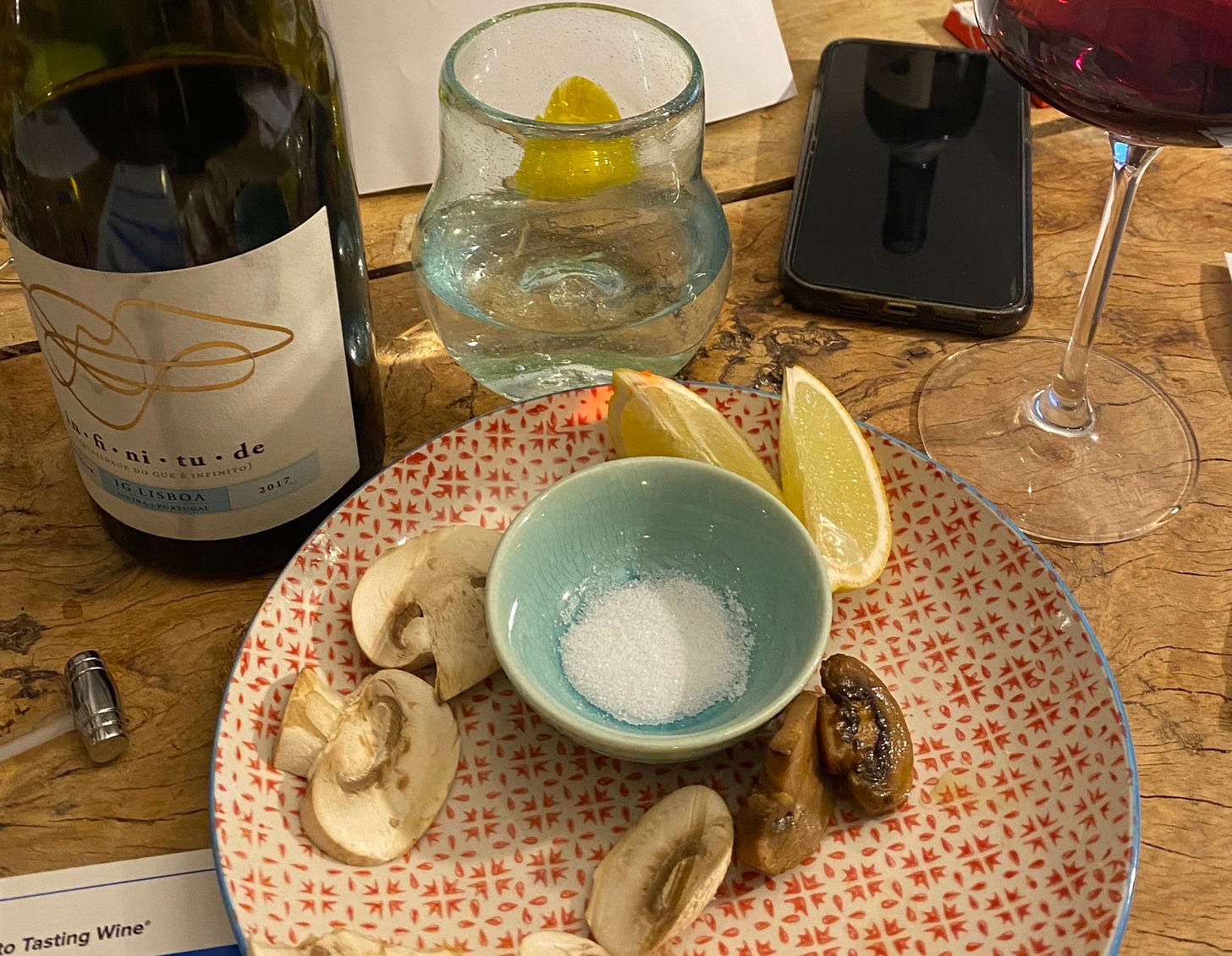
“Taste is something we are not taught from childhood,” Ole Martin Siam told us at our local Vicentino vineyard when we interviewed him for the still-in-production podcast*.
“I could point at your shirt and say exactly that the colour is not blue: it's slightly turquoisey or ocean blue: you have words to describe down to the smallest detail,” he told us.
“We never learn that in taste, but it's the same kind of organ that you can develop and it can have words you can recognise.”
He used a smelling set to train his nose to isolate aromas – I’ve had a go and it’s actually really hard to identify something as simple as strawberry without any visual clues.
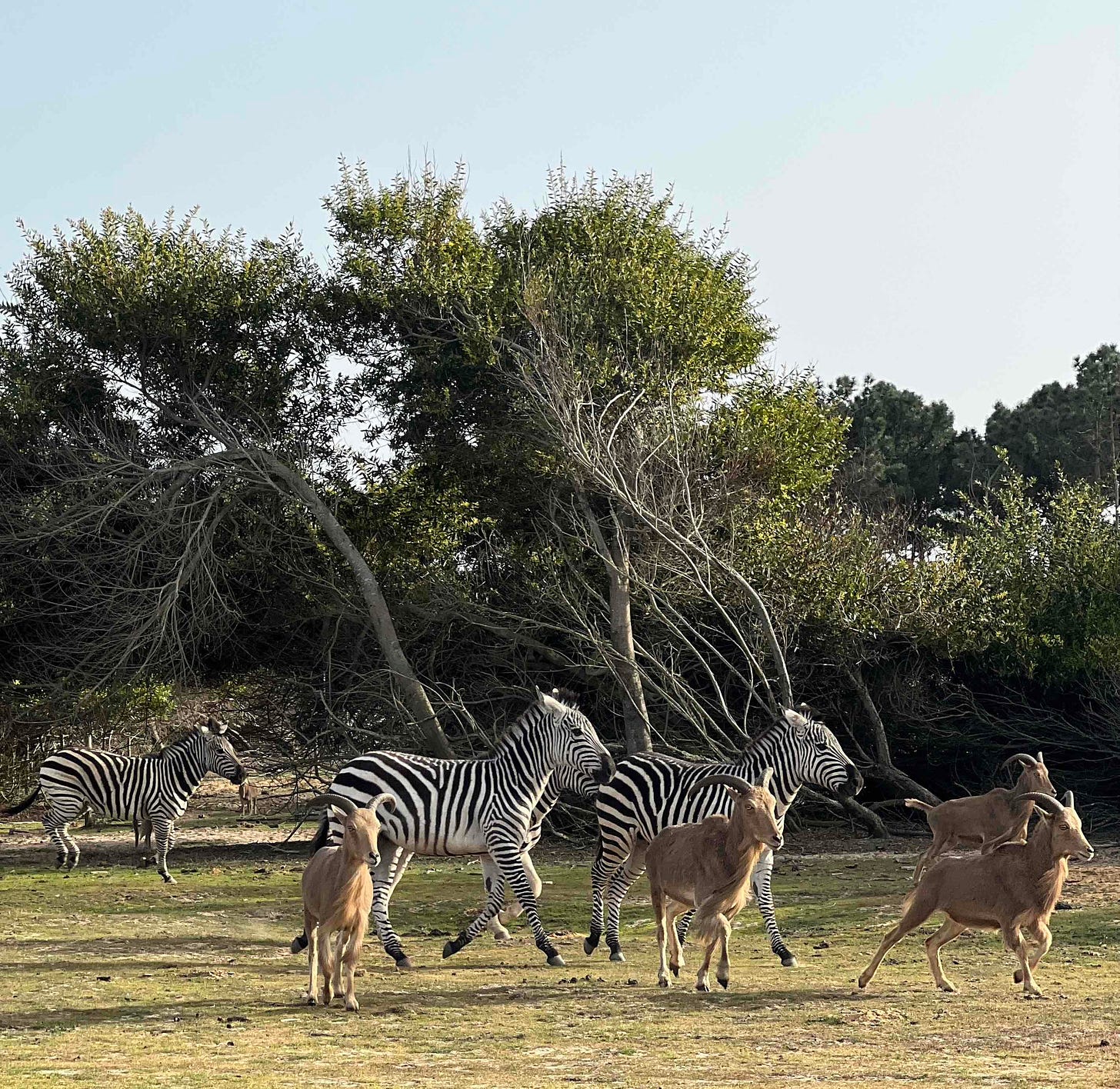
But with smelling sets selling for hundreds of euros we’ve decided to train our noses at markets and in the kitchen, which is perhaps why Ana as the chef in the family already has an advantage.
The only drawback to taking a wine tasting course remotely is all the wines they usually provide as benchmark tasting examples are hard to get here.
Sourced from all over the world, they’re insanely expensive to order online, and there’s no guarantee they’ll ever get here anyway...at least not in time for our tastings!
And so we started our own side-project to find Portuguese wines that could play a similar role: to taste the difference between sweet and dry, oaked and unoaked, and high or low acid or tannins.
It’s also been a great excuse to widen our Portuguese wine knowledge at the same time and with everything set for the next few weeks of tastings all we have to do now is learn to spit the stuff out.
After a few weeks languishing in customs I finally received a book I’ve been inhaling since it arrived: “The Wines of Portugal” by Richard Mayson.
He had a vineyard in Alentejo for a while and has a deep knowledge of Portuguese wines, so it’s great background reading as we plan a big wine adventure of our own.
We’re hoping to plant some vines here and eventually make our own wine, but in the meantime need to immerse ourselves in some practical education…
* And that’s the big idea behind the much-mentioned but not yet delivered podcast and I’m glad to say we’re just about ready to share our pilot programme with you guys.
Eventually we’ll write a separate newsletter about Portuguese wine, but in the meantime will be quenching our thirst for knowledge by going on a Portuguese wine pilgrimage.
As we put it in our blurb: join us on a cross-country foray through cork oak forests as we get our teeth into some Touriga Nacional and our tongues around some other uniquely named Portuguese grape varieties.
We’re meeting maverick winemakers, visiting vineyards, collecting great stories and tasting our way through two thousand years of grape-growing history.
If you’d like to help us out by listening to our pilot podcast and sending us comments before we take it to wineries and promotional boards for funding and start visiting more vineyards (let alone release it to the public), please sign up below and we’ll send it to you the moment it’s ready.
I don’t want to overwhelm you, so there’ll be no regular newsletters on wine for a while, but it also means readers of this blog won’t abandon me in droves for banging on about wine all the time!
I know...you guys want to hear more about what’s going wrong...and given the recent dip in water pressure I fear we’ve sprung another leak...



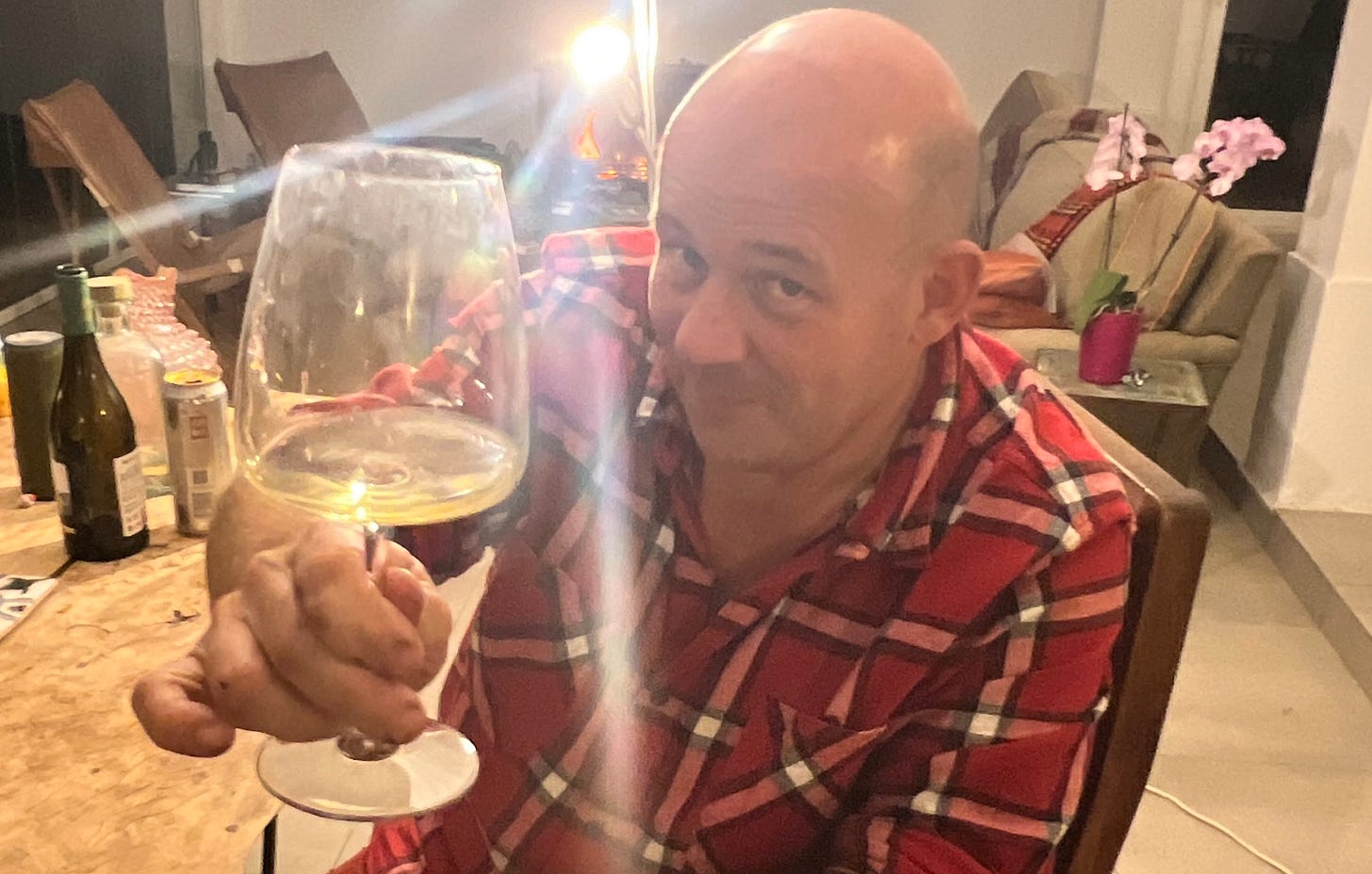
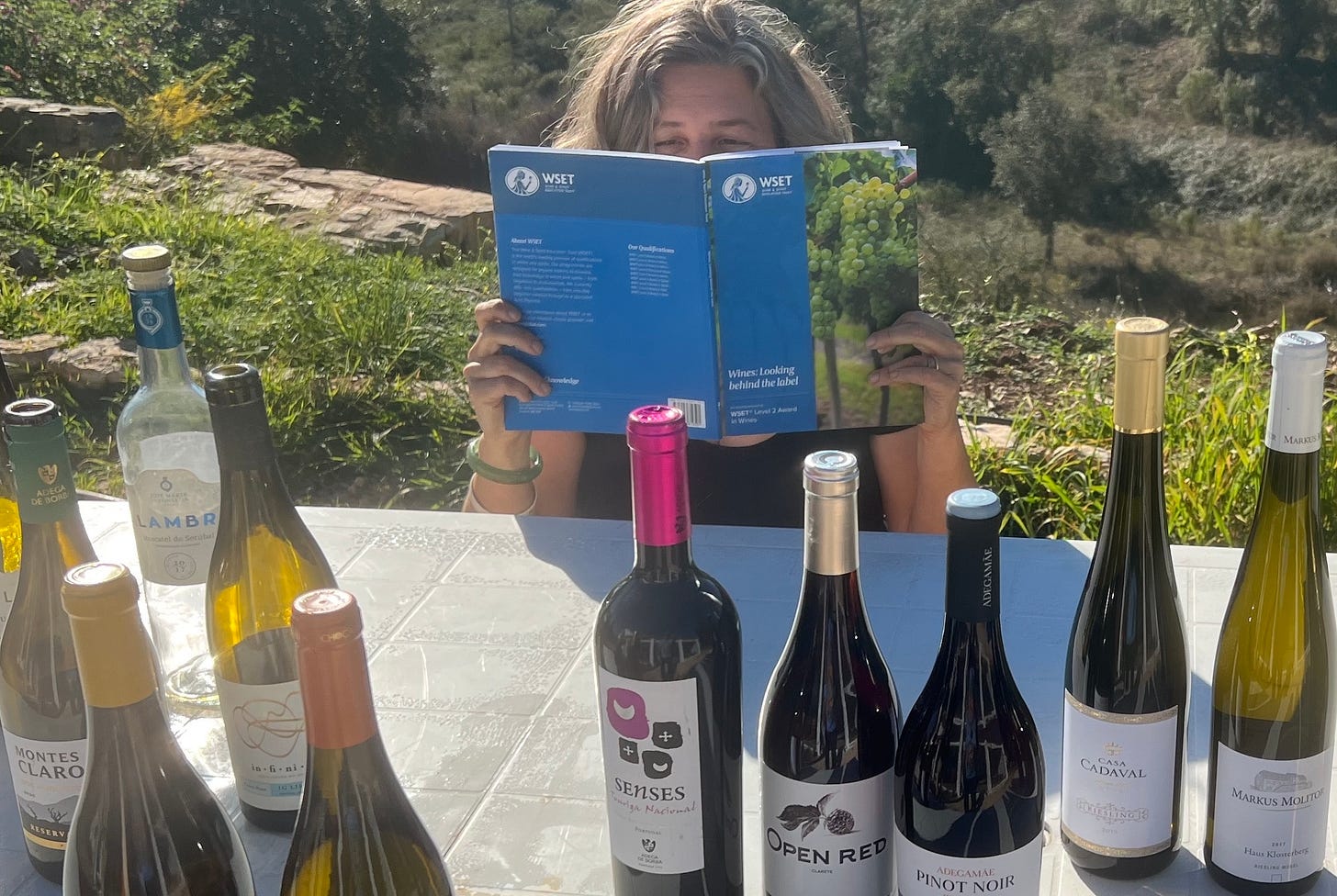
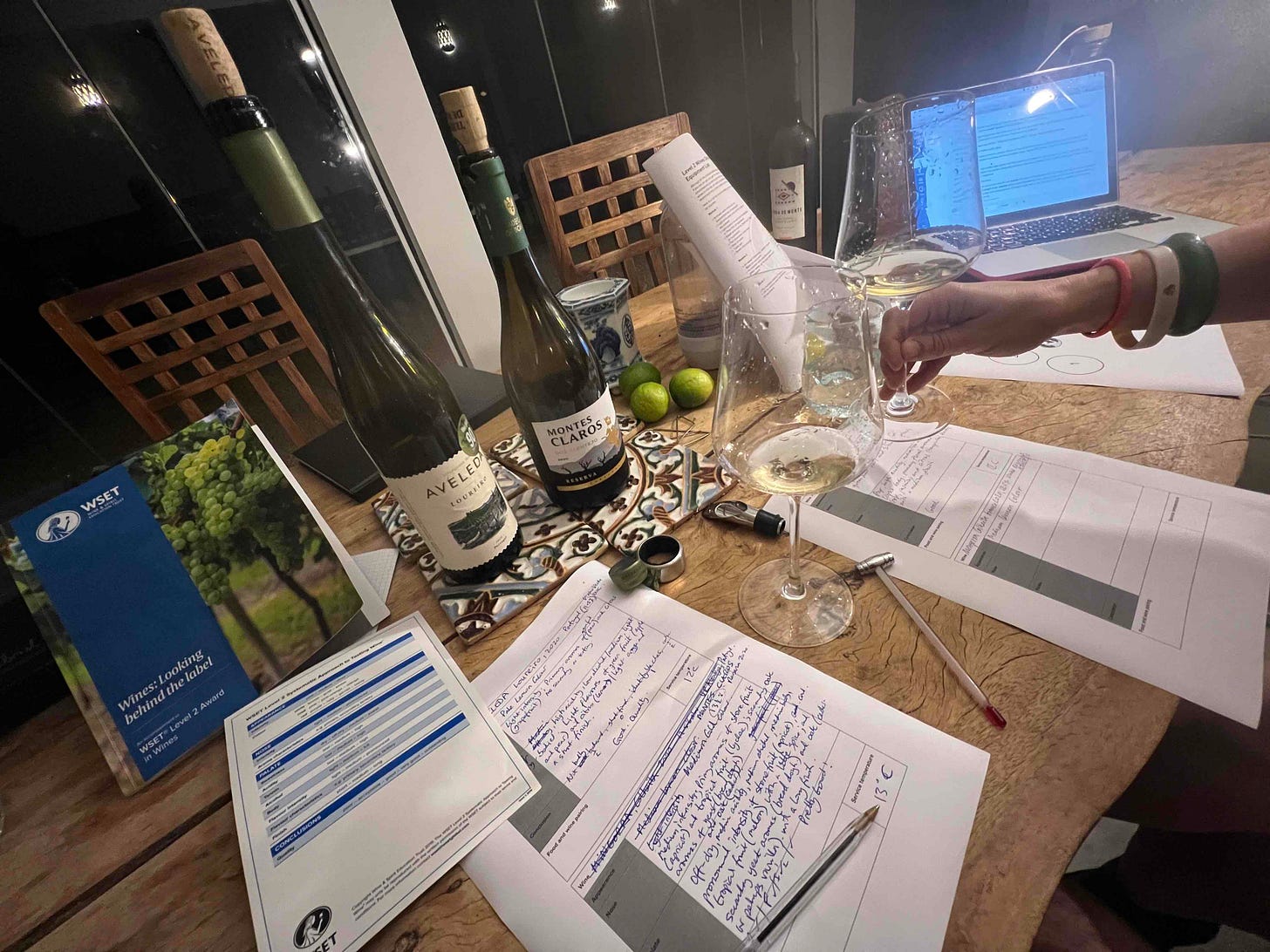

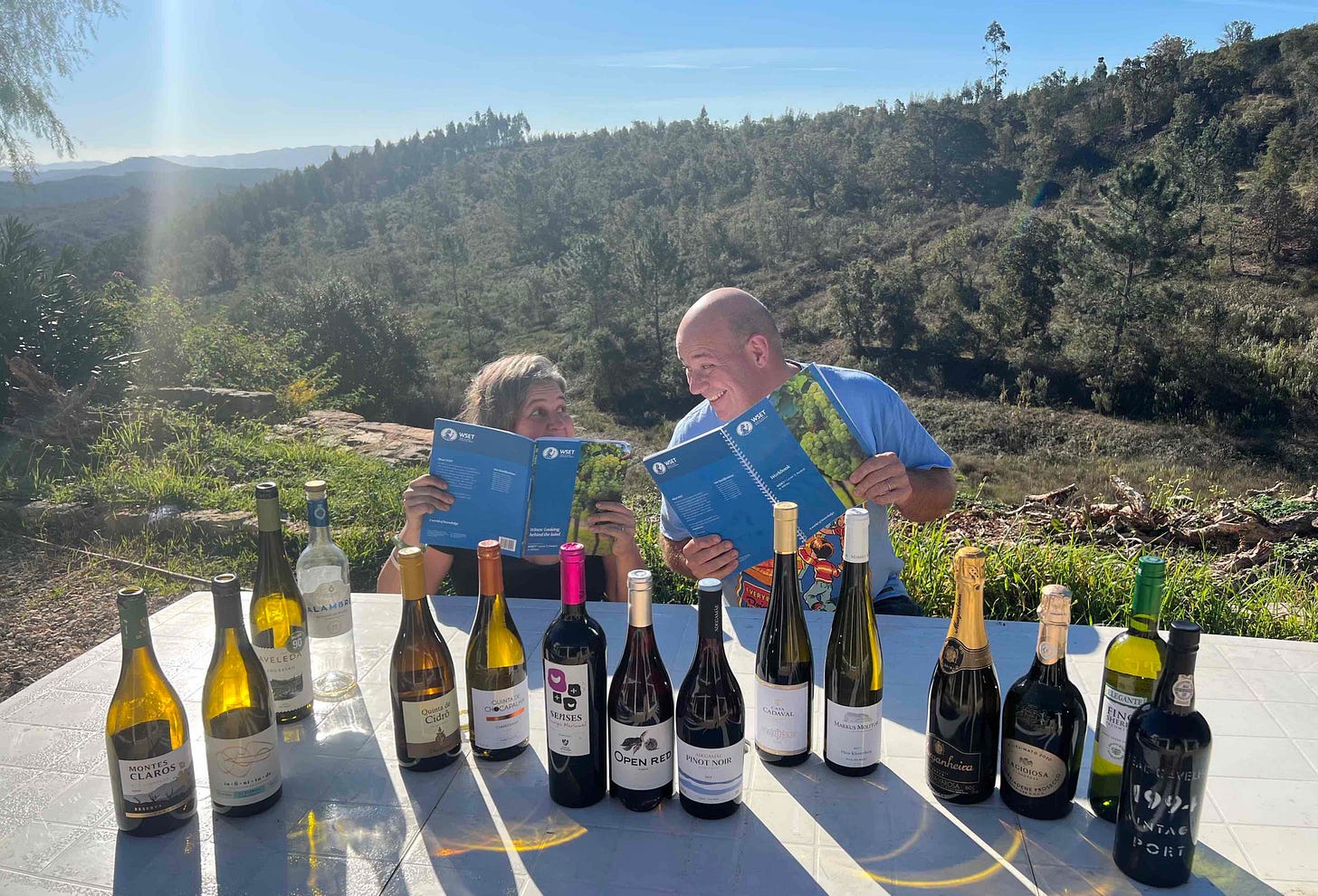
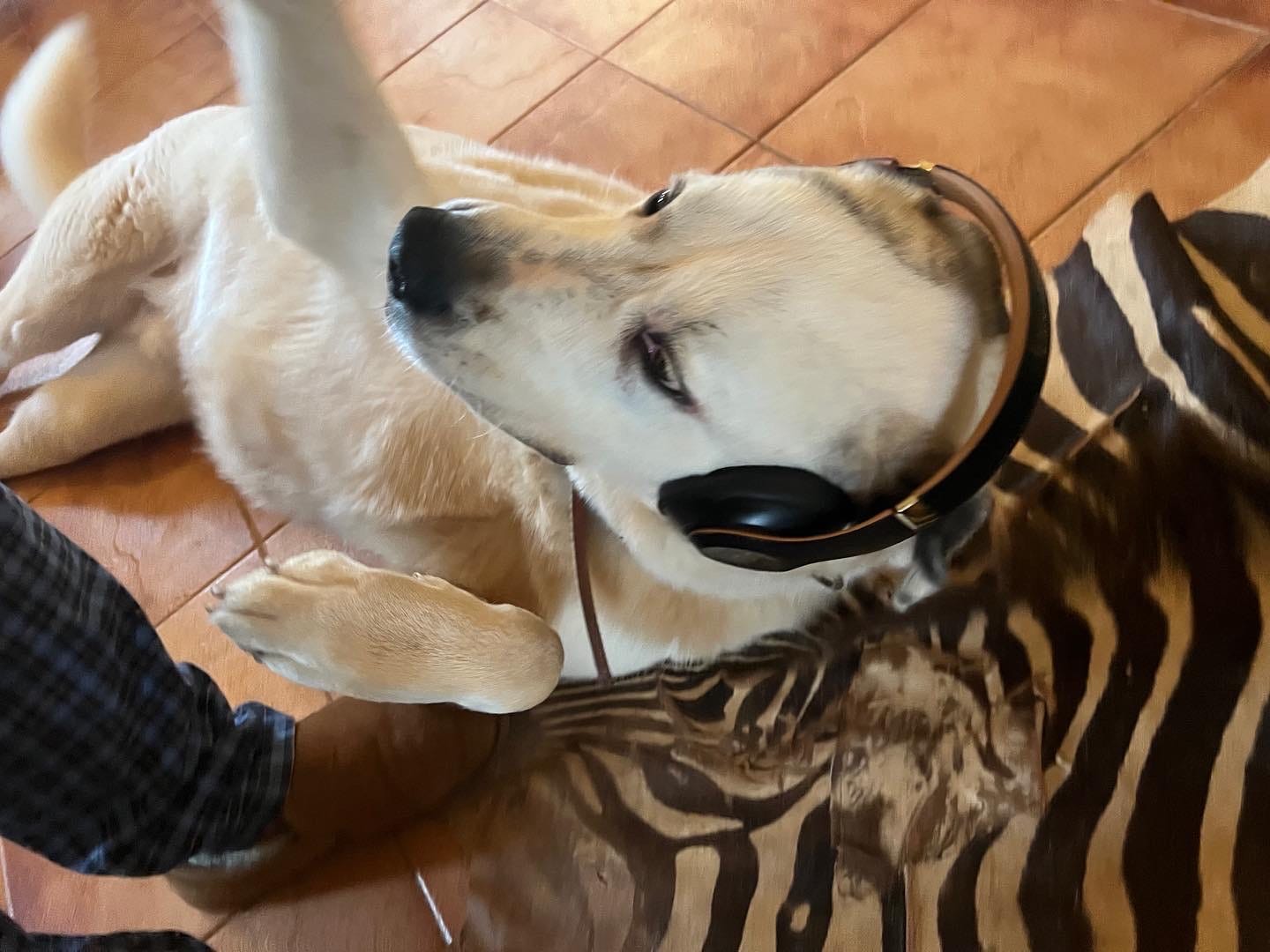
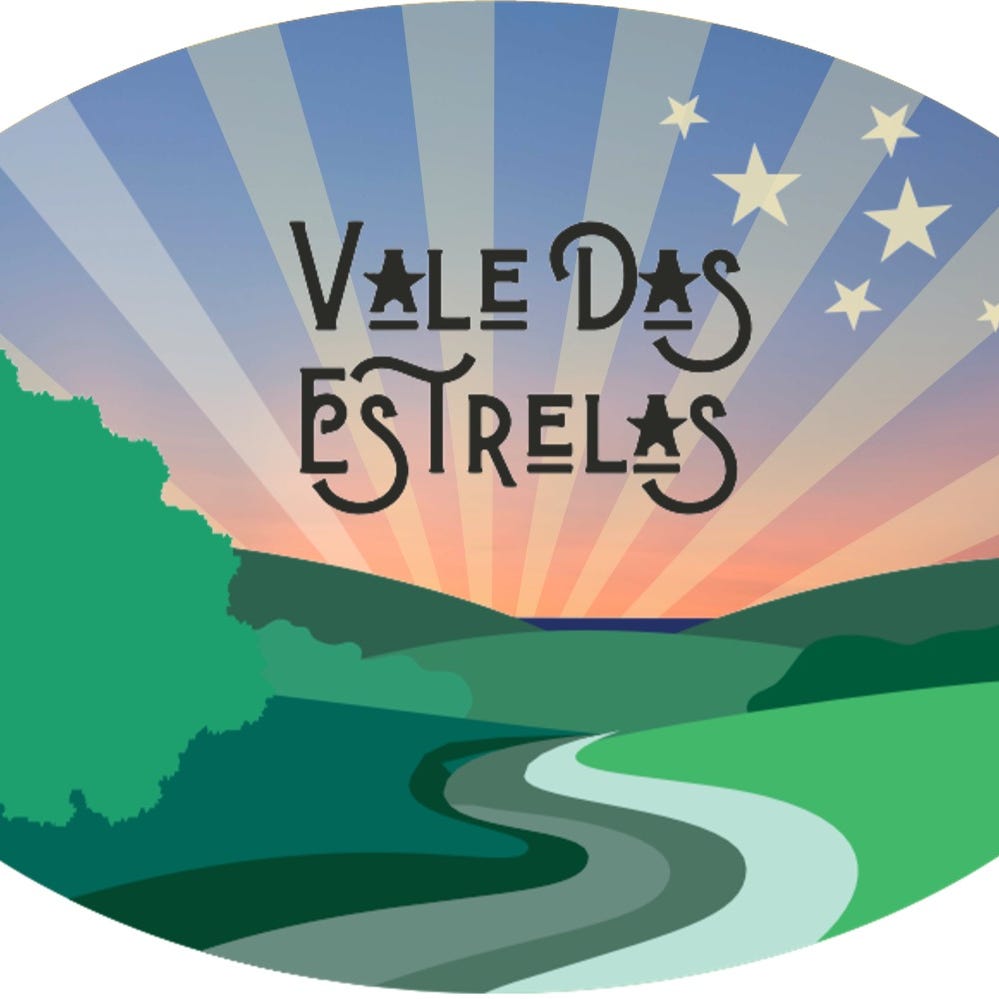
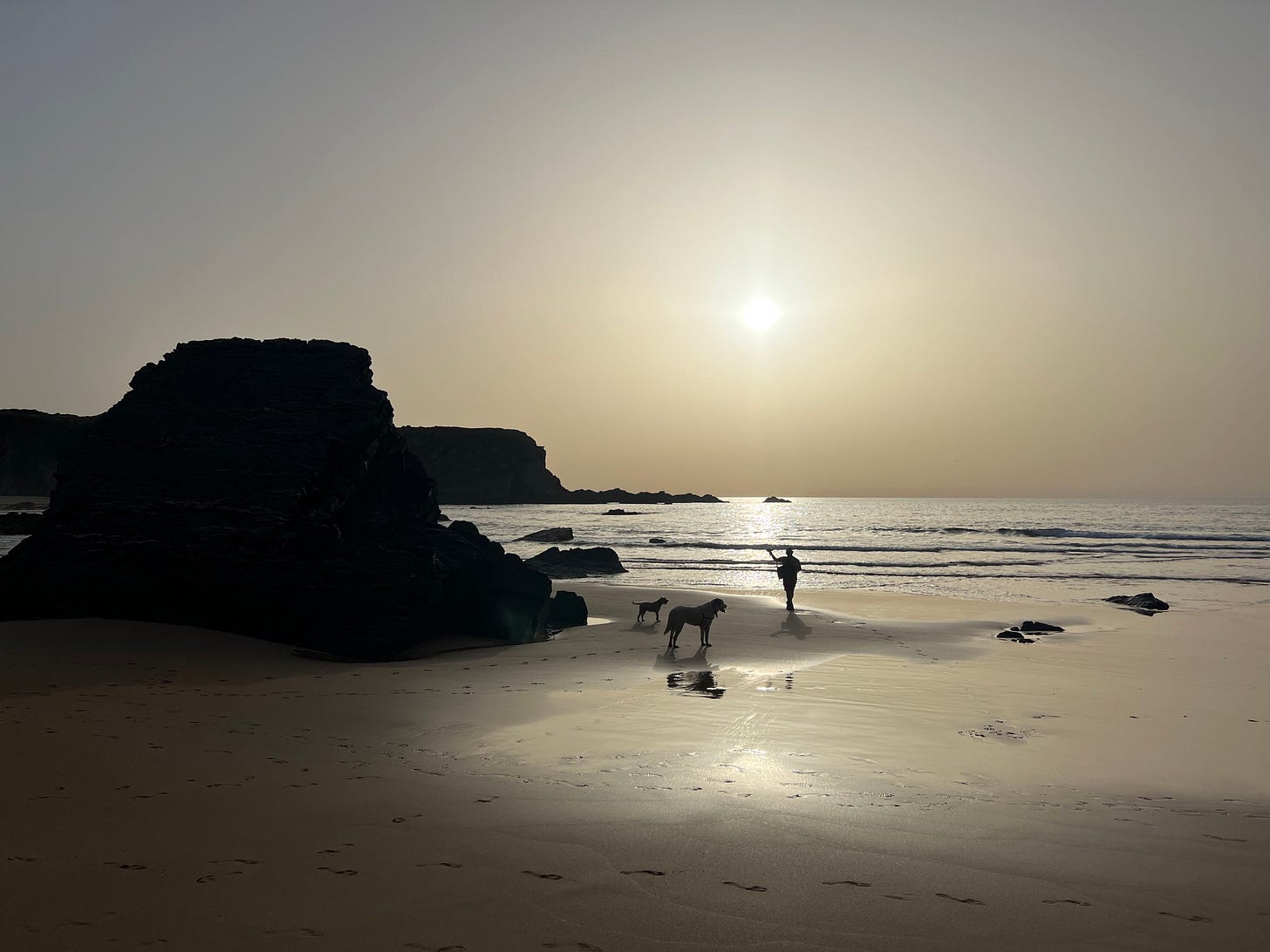
Seb and James did the same course during lockdown last year. I can just see you all sniffing glasses and going on about strawberries and peaches next time you drink together! What fun!
Have signed up for your podcast, looking forward to hearing it. Must confess to being intrigued by your 3.19€ white, any clues? But agree with you on the quality and price of Portuguese wines, whenever we drive to UK car is laden to the limit allowed. Recently tried a Murganheira Black Label bubbly. For the price exceptional.
Q. Do you prefer Portuguese wine?
A. Is there any other.....?